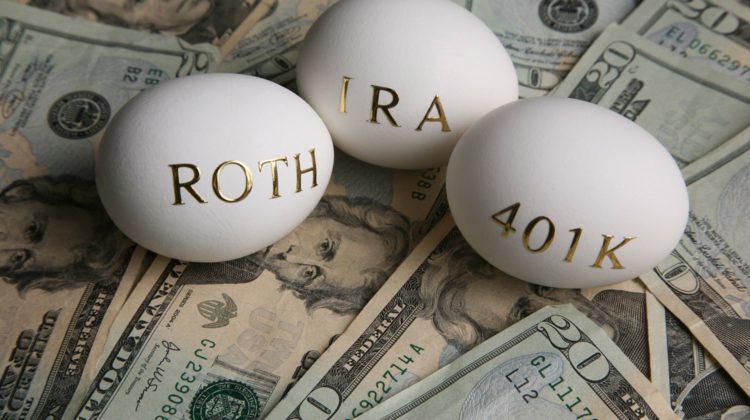
You can contribute to both a Roth IRA and an employer-sponsored retirement plan, such as a 401(k), SEP, or SIMPLE IRA, subject to income limits.
However, each type of retirement account has annual contribution limits.
For a Roth IRA or traditional IRA, the maximum annual contribution for 2020 and 2021 is $6,000 (plus $1,000 if you’re 50 or older). If you earned less than that, the limit is your total taxable compensation for the year.
You can contribute to a Roth at any age, even past retirement age, as long as you’re still earning taxable income. A working spouse can also contribute to a Roth IRA on behalf of a nonworking spouse.
Just like in 2020, for a 401(k), the 2021 contribution limit was $19,500, plus a $6,500 catch-up contribution if you were age 50 or older.
Key Takeaways
- You can contribute to both a Roth IRA and an employer-sponsored retirement plan, such as a 401(k), SEP, or SIMPLE IRA, subject to income limits.
- Contributing to both a Roth IRA and an employer-sponsored retirement plan can make it possible to save as much in tax-advantaged retirement accounts as the law allows.
- Before contributing to a Roth, make sure you are contributing enough to your employer’s retirement plan to take full advantage of any matching contribution your employer offers.
- Understand the contribution amounts allowed in each plan for your age so that you can maximize your savings.
Contributing to both a Roth IRA and an employer-sponsored retirement plan can make it possible to save as much in tax-advantaged retirement accounts as the law allows. The tax advantages of these accounts help your savings grow faster and larger than they would in a non-tax-advantaged account. The more you contribute to your retirement savings accounts each year, the earlier you’ll have the option to retire, as long as you invest wisely.
Also, since it’s impossible to know which tax bracket you’ll be in at various stages in your retirement—or what the tax rates will be at that time—it’s not a bad idea to have some retirement savings that you’ve already paid taxes on, such as the funds in a Roth IRA, and some that you haven’t, such as the funds in a 401(k). Then you can strategize your distributions to minimize your tax liability.
If you cannot contribute the maximum allowed to an employer’s retirement plan, aim to contribute enough to the maximum level that an employer will match contributions.
You can also contribute to a traditional IRA even if you participate in an employer-sponsored retirement plan, but in some cases, not all of your traditional IRA contributions will be tax-deductible.
Your combined total contributions to both a Roth and traditional IRA can’t exceed the annual limits.
Income Limits on Roths
Before contributing to a Roth, make sure you are contributing enough to your employer’s retirement plan to take full advantage of any matching contribution your employer offers. Always do that first.
Also, if your modified adjusted gross income (MAGI) reaches a certain threshold, the amount you can contribute to a Roth is reduced or eliminated.
In 2020, eligibility is phased out for individuals with MAGIs from $124,000 to $139,000 and couples with MAGIs from $196,000 to $206,000.
In 2021, these amounts go up to $125,000 to $140,000 for individuals, and for couples with MAGIs from $198,000 to $208,000.
The Bottom Line
You can contribute to both a Roth IRA and an employer’s retirement plan, and understanding the contribution amounts and limitations can help you plan accordingly in your allocation process. Contributing diligently and accurately, particularly in meeting the employer’s matching contribution levels, may allow you to retire early, but regardless, will ensure you have enough funds to see you through your retirement years.
